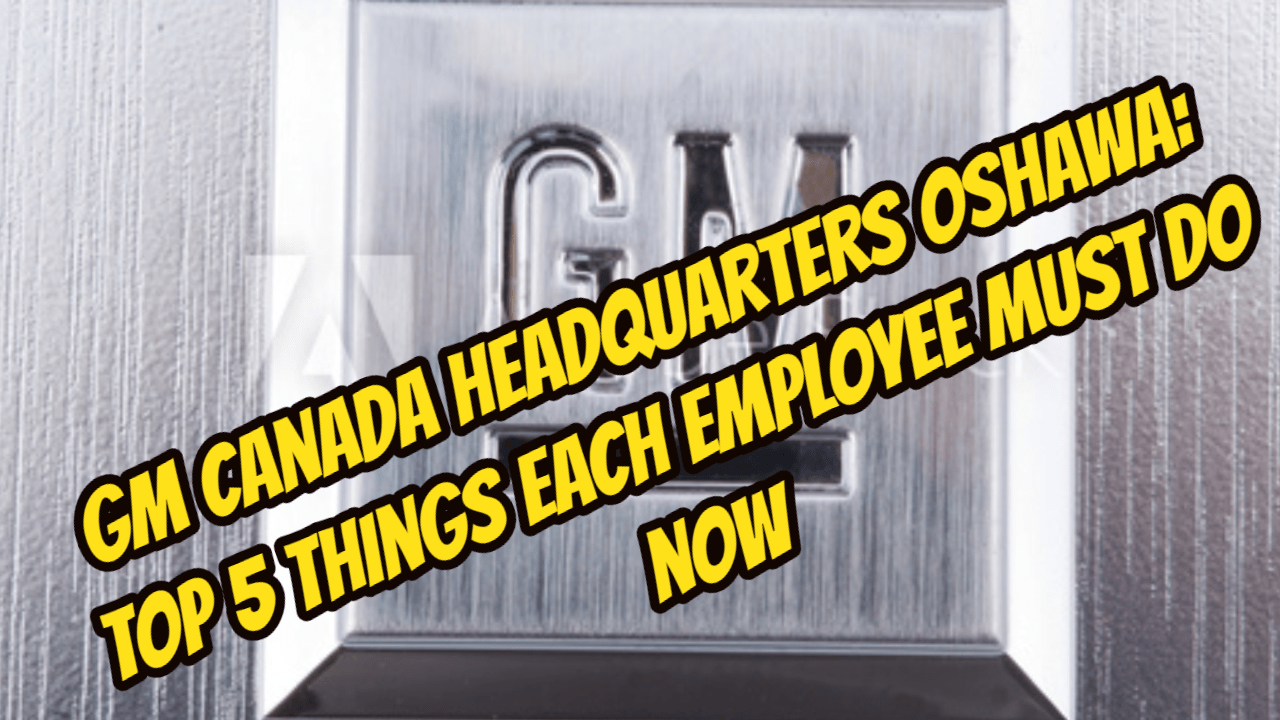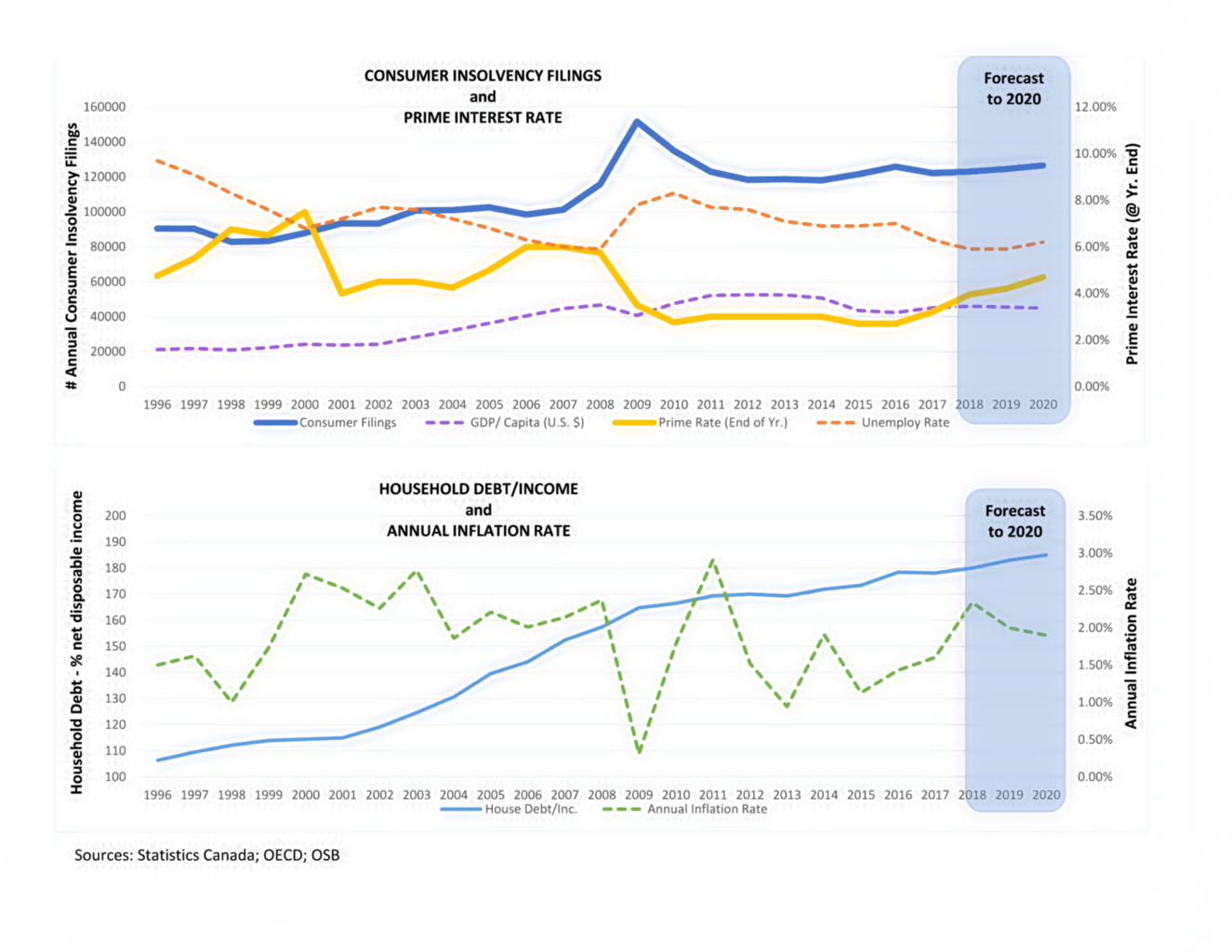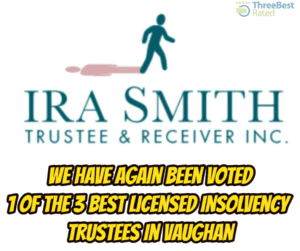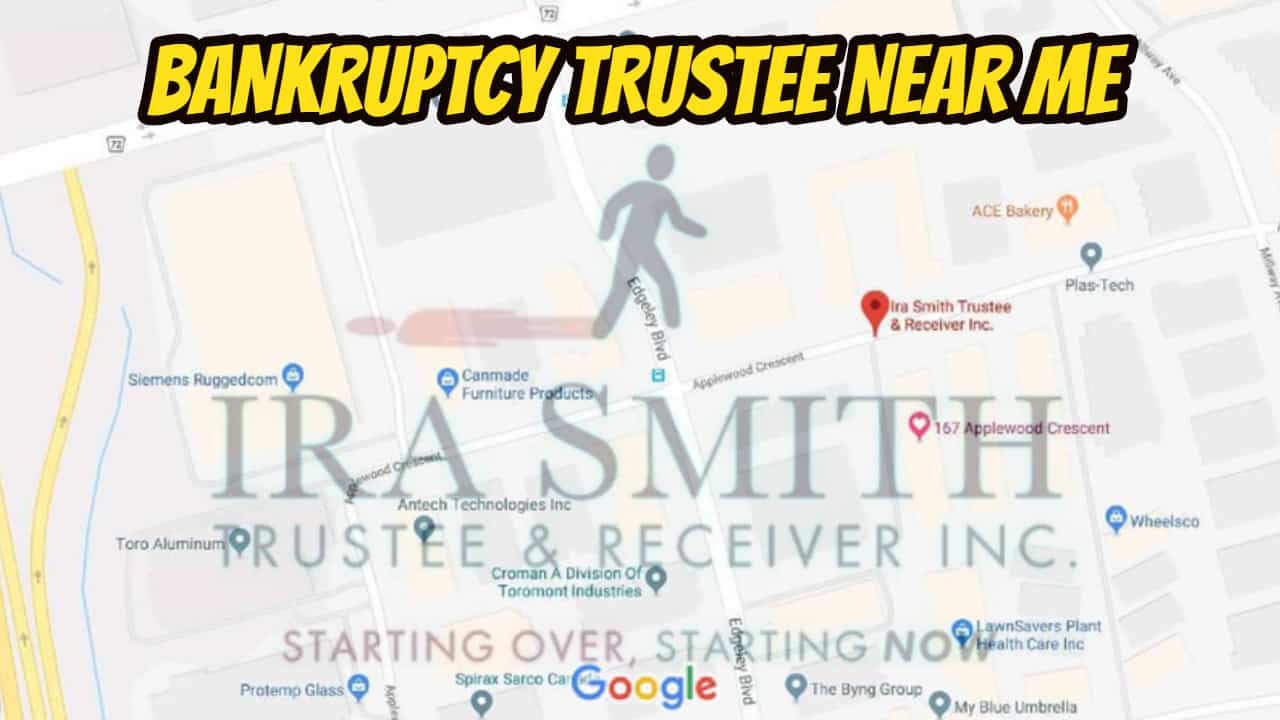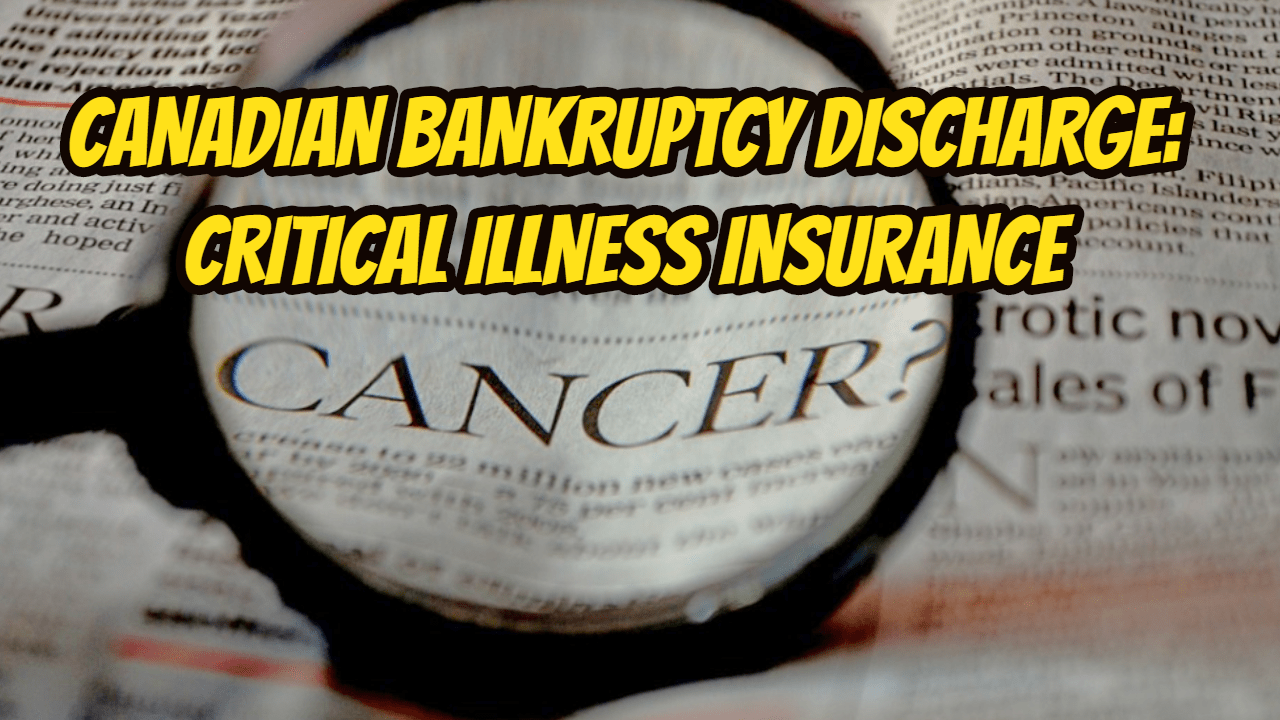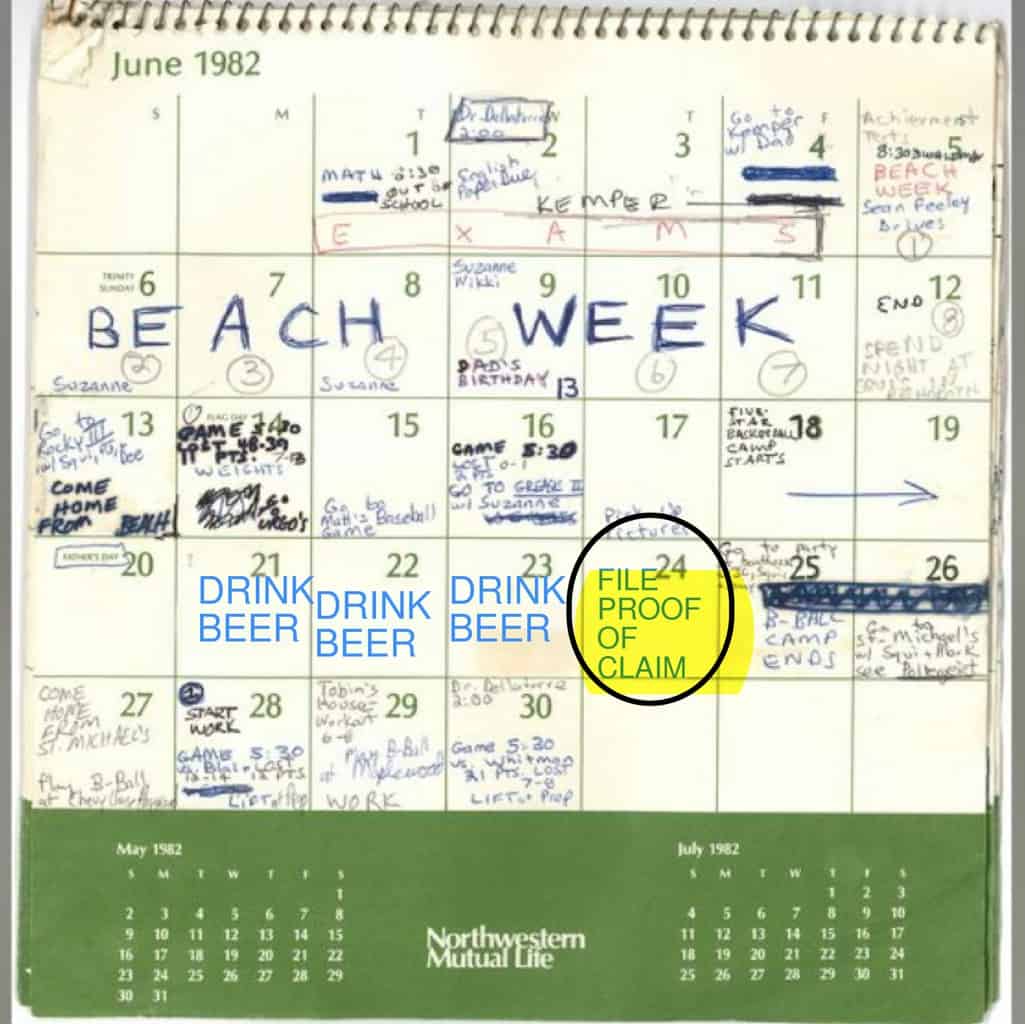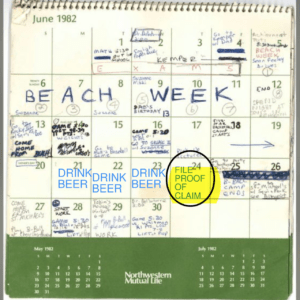IF YOU WOULD RATHER LISTEN TO THE GM CANADA HEADQUARTERS OSHAWA AUDIO OF THIS BLOG, YOU WILL FIND IT AT THE BOTTOM OF THIS PAGE.
GM Canada headquarters Oshawa: Introduction
Execs with General Motors advised on November 26, 2018, that GM Canada headquarters Oshawa and the General Motors Oshawa Assembly Plant are closing down by the end of 2019. No trucks or cars are assigned to the plant for production past December 2019. This will affect about 2,800 people who will be unemployed; 2,500 union employees as well as 300 salaried employees.
The purpose of this blog is to discuss the issue, review what each affected GM employee should have done all along, and the top 5 things they need to do right now.
GM Canada headquarters Oshawa: What everyone should have done
I constantly suggest to everyone that they always do two things about their income and expenses:
- Save a part of your earnings to that you have a reserve of 3 to 6 months of living costs. Work loss or an unanticipated expenditure can place you in a financially risky area if you’re not prepared.
- Create a realistic budget that details your income, variable and fixed expenses that are your true necessities. Your savings emergency fund also has to be accounted for. Only if you then have money left over each month, should you even start to think about your expenditures that are really wanting, not needs?
I always advise this to anyone looking for financial tips. In my September 2017 blog, DEBT ELIMINATION: ARE YOU SABOTAGING YOUR WEALTH BY SAVING AND REDUCING DEBT?, I include a discussion of both of these recommendations. Back in 2013, I wrote about the scary statistic on Canadians living paycheque to paycheque in my blog ARE YOU LIVING PAYCHEQUE TO PAYCHEQUE?.
Over the years I have written several articles about the looming dangers of Canadians not having a savings emergency fund while their debt is rising and income is relatively stagnant. I always have written about the need to have an emergency fund if you are faced with an unplanned nasty surprise that you could not have controlled or anticipated. The examples I always give are unexpected expenditures such as from a medical emergency, or loss of income due to job loss. Well, the GM Canada workers are there now. Unless there is a magical reversal of policy, the GM Oshawa plant closing is happening.
GM Canada headquarters Oshawa: Just lost my job – what’s next?
It’s a tough situation. I can’t just leave off this blog having said what all working Canadians should have done. Job loss is a major stress not only for the individual but for the entire family. You start stressing over exactly how are you going to make the next rent or home mortgage payment and the car payment. Exactly how are you most likely to maintain food on the table and the lights on? These are all regular concerns.
So, below are my leading 5 points the GM employees ought to do both previously as well as after they quit working at GM offered the news of the Oshawa GM plant closing.
GM Canada headquarters Oshawa: The top 5 things to do
- Collect yourself for a few days. Don’t make any rash decisions. For the next two to three days, just don’t do anything. Your emotions are high. You’re probably talking under your breath thinking about how your revenge will be swift and just and cold as the blackest winter’s night. People don’t make rational, mathematics-based decisions when that type of emotion is involved. Take a walk around a park. Catch up on your favourite shows. Spend some time with the family.
- After things have settled down, now it is time to form a plan before you are actually laid off. If you are a union worker, the union will have resources available for both counselling and to advise of what arrangements GM is making for workers about notice periods and other financial issues relating to being laid off. If you are on salary, presumably GM will make a third party resource available for you to provide this information. Otherwise, the GM HR department will take care of it. So what are some of the elements of a plan?
- Once you are laid off, consider filing for employment Insurance benefits. Right now you might be thinking that such a government subsidy is for losers. I have skills, diplomas, degrees, experience – I am not a loser. I am not going to stand in line for a government handout. But, what have you been paying into the employment insurance fund all these years for? Exactly this situation. You earned the right to get paid something back from this fund. This is literally what this is for. With all the government paperwork and red tape, it could take a while for the first cheque to get to you. In the meantime, your car still requires gas and your body still requires food. You will be laying out money, or going into credit card debt. You need to know that there is at least some money soon to come. If you have already started making phone calls to try to line something up for the next phase of your working life, it may take longer than you think. At least know that you have taken a positive step to start bringing in some money while you are searching for that next work opportunity. You may be getting working notice instead of a severance package. You may need the employment insurance payments to live on, especially if there isn’t a cheque beyond your normal pay when you leave GM.
- Get professional advice on rolling over your pension entitlement to your RRSP. If you are a member of a GM pension plan and assuming you are not entitled to receive benefits immediately, you will have some choices to make. You certainly aren’t going to leave the money with the existing pension fund manager once you are laid off. You want to make sure that the transfer is done properly. Properly is both from an income tax perspective as well as what is the right investment vehicle for you given your age and future work expectations. If you are a union member, I am sure your union rep will be provided with information to provide to you on the best way to do the transfer. For a salaried worker, the GM HR department should be helpful at least about what your rollover choices are.
- Create a realistic household budget. There are many benefits to having a proper budget. A spending plan offers you control over your life. It forces you to check your new family income level and make decisions about how you will spend that income. Budgeting will certainly permit you to fulfill your financial goals — paying your expenses while also focussing on savings for your retirement. It might be tough in the beginning on a reduced income. However, a realistic budget will let you control the lower income properly until you are back on your feet. Once you are earning what you should be in a new position, then the budget can be reworked. You will now be able to spend some money on things your family needs that you had to stop buying.
GM Canada headquarters Oshawa: Don’t wait until you are laid off
By now, hopefully, you realize that you should not wait until you are laid off to do proper basic financial planning. The time to have a proper household budget, keeping an emergency savings fund of 6 to 12 months in case of an unexpected life event and save for retirement, is not when you are let go. The time to start doing it is right at the beginning.
The Oshawa GM plant closing 2018 announcement made me think about in a perfect world, how each about to be laid off person should have planned for a day like this. I realize that probably very few did. However, how much better do you think the GM employee who has a 12-month emergency fund saved up feels compared to all those who don’t? The GM announcement inspired me to write this blog.
I hope that this blog gets you to think about your situation and perhaps fine-tune a few things. The best time to do it is when there isn’t an emergency.
GM Canada headquarters Oshawa: Do you have too much debt?
Do you have too much debt? Do you not have any money to fall back on if you were laid off from your work?
Licensed Insolvency Trustees (previously called bankruptcy trustees) are the only professionals recognized, accredited and accountable to the federal government and the Court to manage debt restructuring cases in Canada. As a licensed insolvency trustee, our individualized approach will certainly help you recognize all your options. The choice you select based upon our suggestions will remove the stress, anxiety and pain you are feeling as a result of your debt troubles. We know your pain, and we know we can end that pain for you.
The Ira Smith Team has years and generations of experience helping people and companies in financial difficulty. Whether it is a consumer proposal debt negotiation strategy, a bigger individual or business restructuring proposal debt negotiation strategy, or as a last resource, bankruptcy, we have the experience.
Our technique for every case is to produce an outcome where Starting Over, Starting Now occurs. This begins the minute you come through our front door. You’re just one telephone call from taking the essential actions to return to leading a healthy and balanced, problem-free life. Call us today for your totally free appointment.

